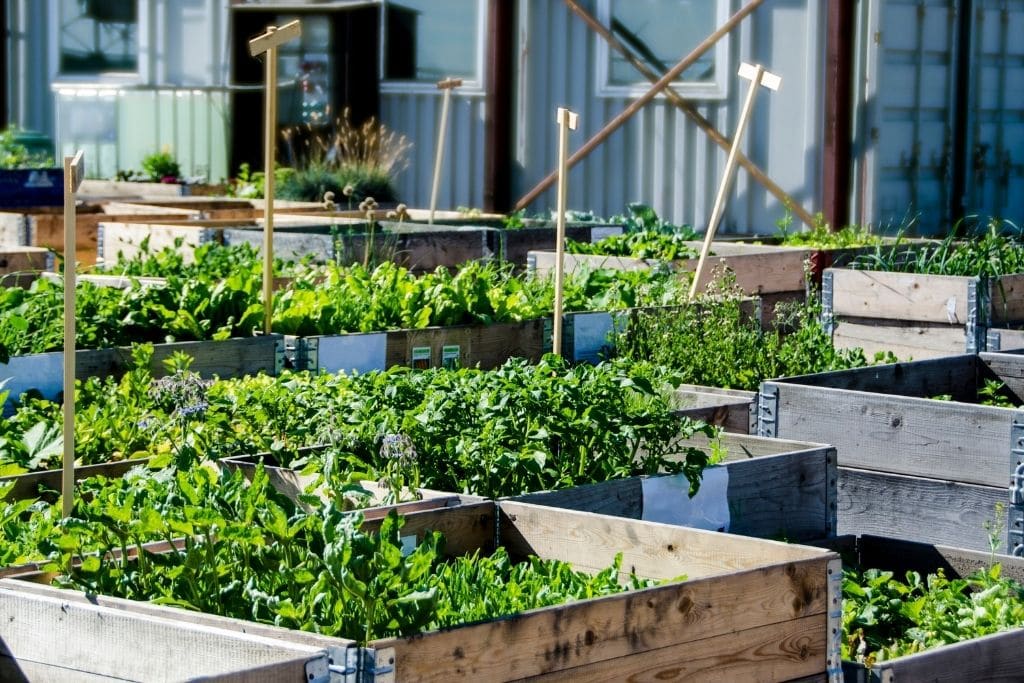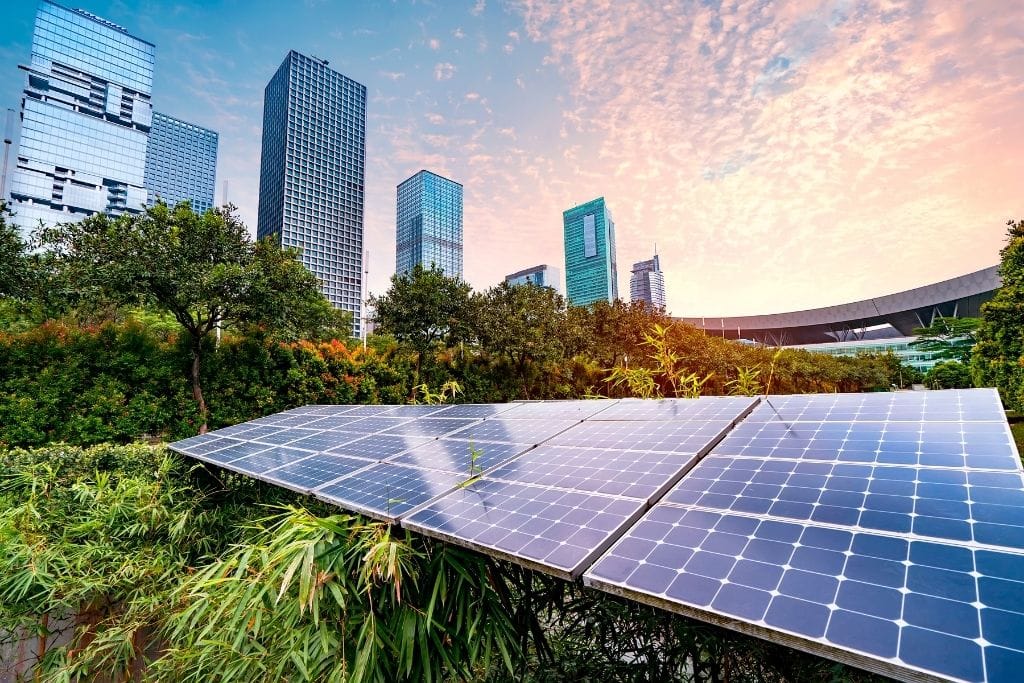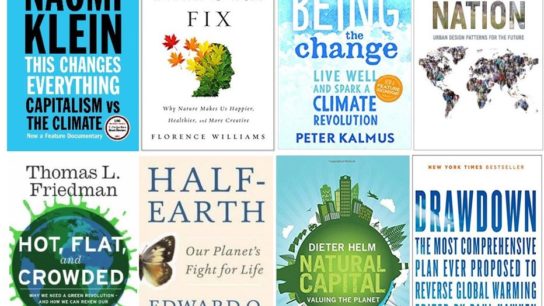Sustainable cities play an important role in reducing global emissions. From sustainable public transportation to urban farming, we explore what are the most important features of sustainable cities and society, and how any cities can learn to help the planet.
—
There’s a global effort to try and act more sustainably to protect the environment and create a safe planet to live on for generations to come. Take the Paris Agreement, for example — many countries have committed to combating climate change through this agreement.
Developing sustainable cities is something every country can get involved in. It’s expected that by 2050, 66% of the global population will reside in urban areas. Because of this significant number, it’ll be crucial for urban planners to take sustainable actions and create cities that support sustainable infrastructure.
A sustainable city has some unique characteristics that the traditional city may lack. For example, sustainable cities prioritise rooftop gardening more than conventional cities. Read on to explore the most important features of sustainable cities and society.
5 Features of Sustainable Cities
1. EV Chargers and Efficient Public Transportation
Rather than using cars to get around town, sustainable cities focus on more sustainable options, such as biking or walking. Some key features of a sustainable city are plenty of sidewalks, bike bridges, and easily accessible bike racks. When cities are more interconnected with the help of the Internet of Things (IoT) technology, for example, they can also provide enhanced public transportation services, including:
- Regularly scheduled buses
- Traffic flow management
- Ridesharing initiatives
- Automated train control
- Widespread electric or autonomous vehicle deployment
Additionally, electric vehicles (EVs) are becoming more popular, and sustainable cities should include EV charger stations in and around the area to accommodate EV drivers. Combined, these smarter services and initiatives can help reduce the amount of greenhouse gas emissions released to the atmosphere and be used as a tool to mitigate climate change.
2. Green Architecture
Green architecture is a key component of a smart, sustainable city. The overall goal of using green building methods is to reduce the number of resources used and lower greenhouse gas (GHG) emissions resulting from building city structures. Building with sustainability in mind is essentially the backbone of a sustainable city.
Green buildings may include solar panels, enhanced ventilation and insulation, as well as using smart HVAC systems. Green architecture is becoming increasingly prominent and will likely continue on that path in the future.

3. Urban Farming
There are many benefits from utilising rooftop gardens or other urban farming techniques. Surrounding communities benefit most from urban agriculture, and they act as an important component of a sustainable city. These are some of the benefits that urban farming can offer:
- Improved air quality
- Reduced transportation costs
- Reduced runoff from natural rainfall
- Ample pollination in cities
- Supporting local food producers
Urban farming is growing in popularity across cities, including Atlanta, Georgia, and New York City.
You might also like: Top 7 Smart Cities in the World and How They Do It
4. Renewable Energy Sources
The introduction of solar panels, wind turbines, geothermal and hydroelectric power sources are all examples of renewable energy being widely adopted by many industries.
It’s expected that there will be another industrial revolution soon, and renewable energy will be the driving force behind it.
Renewable energy sources may be expensive to integrate into a city right now. Still, increased demand will make renewable energy sources more widely available and cost-effective over time.
5. Waste Management and Water Conservation
Sustainable waste management is garnering more attention. Many aspects of society contribute to massive amounts of waste — take schools, offices, stores, hotels, restaurants, and any other entity that produces waste. Using IoT technologies can allow cities to manage their waste more sustainably, including:
- Connecting and remotely monitoring trash bins
- Generate alerts in case of fire, vandalism or unauthorised bin movements
- Collect data on the level of filling in trash bins
- Using data to schedule waste collection more efficiently
You might also like: How Emerging Technologies Reduce Waste From Farm to Table
When everyone takes measures to reduce the amount of waste they’re producing, this creates a more sustainable way of life. Reducing waste provides some benefits, such as:
- Saving money
- Enhanced sustainability
- Conservation of resources
- Reduced GHG emissions
Lastly, water conservation efforts may include using the IoT technology that allows a city to cut down on water costs and consumption due to leaks. Cities implementing this tech can also monitor pipelines, pumps, valves and the infrastructure for collecting, cleaning and distributing water to citizens. This will ultimately lead to more water conserved in the long term.
The key measures listed above are some of the most important features of sustainable cities. It’ll be interesting to see what cities integrate more sustainable practices into daily life.
Whether it’s encouraging commuters to bike or using urban farming methods, all of these practices can help build cities that flourish and thrive, all while being more sustainable.
The Future of Sustainable Cities and Society
Society benefits from everyone working together to achieve sustainability. While there’s no cut-and-dry answer on being more sustainable, the measures listed above are some of the most important features of sustainable cities and society, and are great places to start. It’ll be crucial for more cities worldwide to adopt these practices to create a safer, more liveable environment for everyone to enjoy.
You might also like: How Sustainable Cities Like Singapore Succeed in Green Urban Development


















